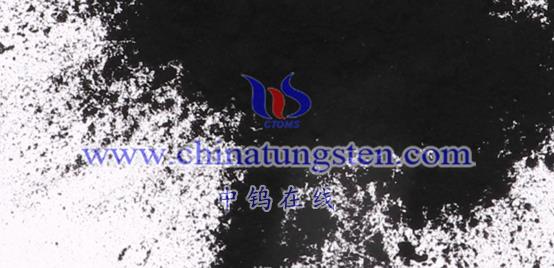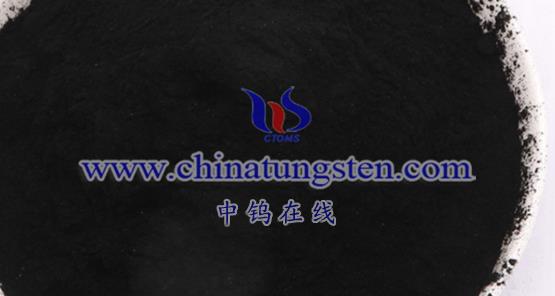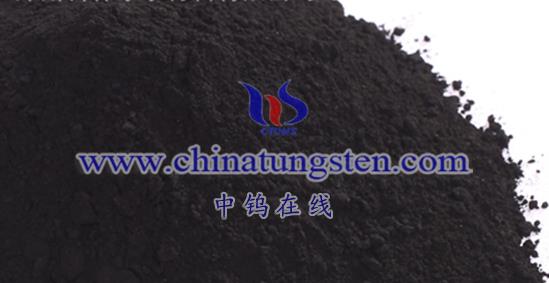
Tungsten oxide can exhibit a range of colors, such as pale yellow, pale blue, pale green, and pale purple. These color variations arise from differences in bond lengths and bond energies between tungsten (W) and oxygen (O) atoms in the tungsten oxide molecules, which affect the charge distribution and scattering properties of the molecules. However, there is a specific type of tungsten oxide known as black tungsten oxide (also called black tungsten ore), with the chemical formula W₁₈O₄₉, that is distinctly black in color.
The black color of tungsten oxide, specifically W₁₈O₄₉, is likely related to its unique crystal structure and electronic configuration. In W₁₈O₄₉, the ratio of tungsten to oxygen deviates from the standard stoichiometric ratio, leading to changes in its electronic structure. These changes affect how light interacts with the surface of the oxide, influencing its scattering and absorption properties. Black tungsten oxide has a high absorption capacity and low reflectivity, resulting in its black appearance.
Additionally, the color of tungsten oxide can be influenced by preparation conditions, processing methods, and subsequent usage environments. For instance, tungsten powder’s color can change with particle size; finer particles tend to appear darker. Similarly, when tungsten is heated in air, its color changes from a metallic sheen to dark gray or black, and further heating can produce yellow tungsten trioxide. These observations indicate that the color of tungsten oxide is not fixed but varies depending on various factors.
More details of tungsten oxide product, please visit website: tungsten-oxide.com
Please contact CHINATUNGSTEN for inquiry and order of tungsten oxide:
Email: sales@chinatungsten.com
Tel.: 86 592 5129595









